5. Three Times (2005, Hsiao-Hsien Hou)
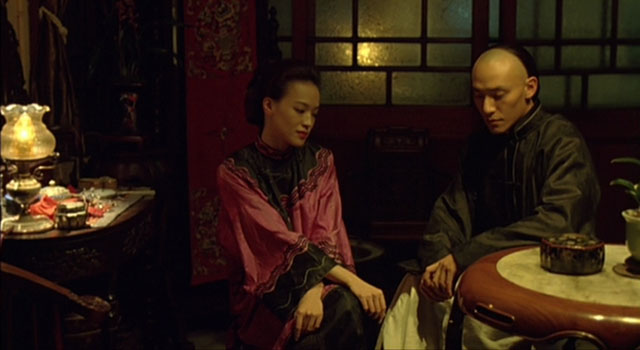
From the master of Taiwanese New Wave Hsiao-Hsien Hou, this romantic drama is a beautiful look on the nature of love as seen in three different eras where actors Qi Shu and Chen Chang play the main characters in each of the three stories. Hou’s aesthetics emphasize the reincarnation of the sensuality and the anxiety of love and its tension that transcends time as seen through the eyes of history.
The film consists of three separate parts set in three different eras (1911, 1966 and 2005) but it spiritually connects the three stories with the concept of love and companionship. With beautiful cinematography and a sentimental use of music, “Three Times” takes you on a journey through the glamorous Asian history, where it takes advantage of its aesthetics and unique charm to explore the concepts of love and time in a poetic way only Hsiao-Hsien Hou can realize.
4. The Childhood of a Leader (2015, Brady Corbet)
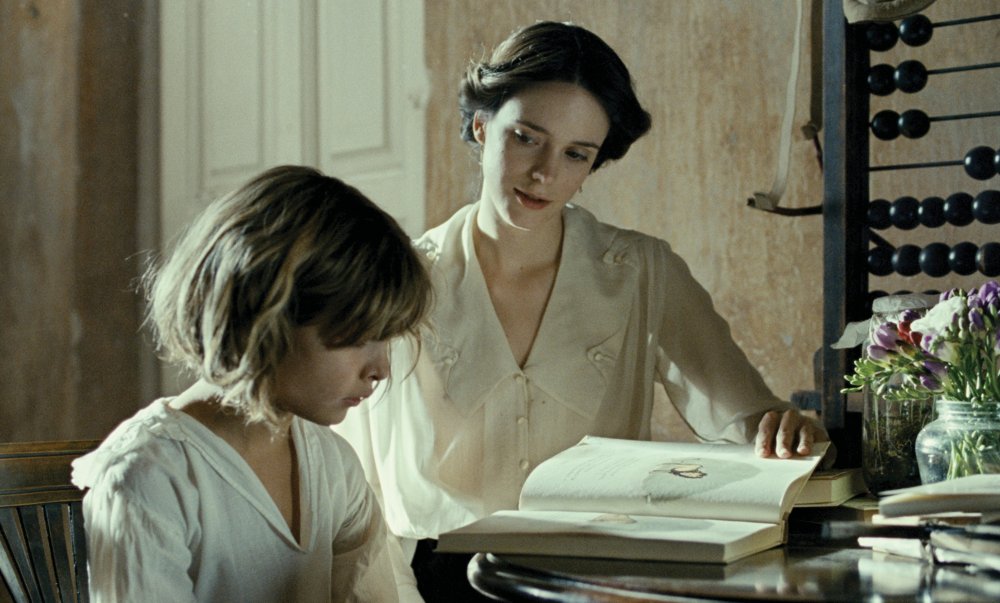
From actor turned director Brady Corbet, who directed the film and co-wrote it with his wife Mona Fastvold, “The Childhood of a Leader” takes place in the early 20th century, and is a story about the childhood of a young American boy living in Europe whose father works for the U.S. government during the Treaty of Versailles. The political atmosphere of the post-World War I era and the psychological effects of powerful dysfunctional political family becomes a fertile ground for the rising of a terrifying ego of a future fascist leader.
“The Childhood of a Leader” is a rare artistic project with real boldness and power, with a terrifying exploration of the roots and rise of fascism, the effects of family trauma, and the unsettling political atmosphere on the post-WWI generation. The film has Corbet’s unique signature from the opening credits to the end, from the use of suspenseful dark score by Scott Walker, and the brilliant international cast led by child actor Tom Sweet who gives a scary performance as Prescot, the Young Leader, as well as the Englishmen Robert Pattinson and Liam Cunningham, with Bérénice Bejo and Stacy Martin from France. Set against mesmerizing European scenery and with a deep terrifying exploration of fascism and childhood, “The Childhood of Leader” is a political horror story with bold original ideas and bright auteurism from Corbet in his first feature.
3. Manifesto (2015, Julian Rosefeldt)
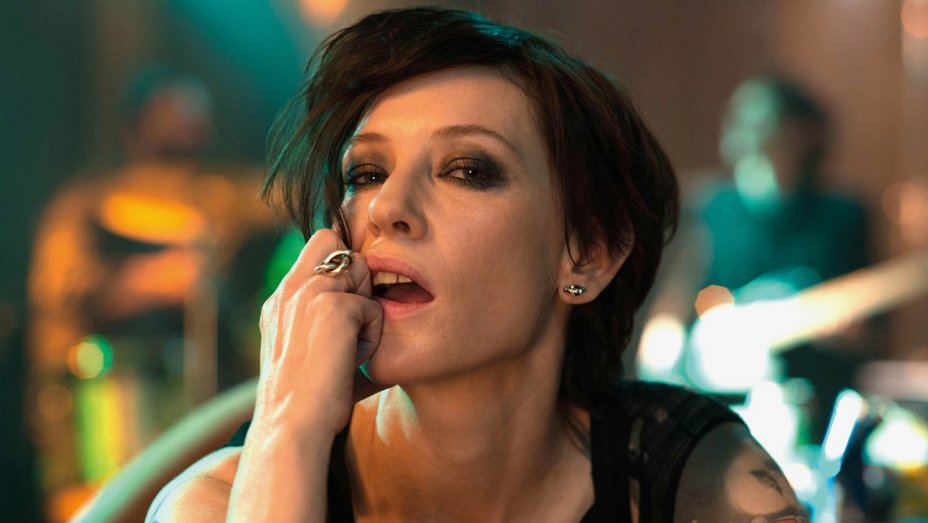
“Manifesto” is a collage of 13 different cinematic segments where Cate Blanchett plays the only character in each one; each character recites parts of manifestos of various political or artistic movements. Directed and realized entirely by the German artist Julian Rosefeldt with no dialogue or narrative, the film layers bold and powerful ideas throughout the choice of the manifestos and the representation of each character.
The very unique style comes from the fact that this multi-screen film is a piece of visual art before becoming a cinematic product, yet this nonsensical artful film is a revolutionary critical look on modern-day life and the concepts of consumerism and art. It is a very different and artistic film that combines cinematic elements delivered by Blanchett with an artistic abstractive approach that works as a commentary on the state of modern art, capitalism, politics, and cinema.
2. A Ghost Story (2017, David Lowery)
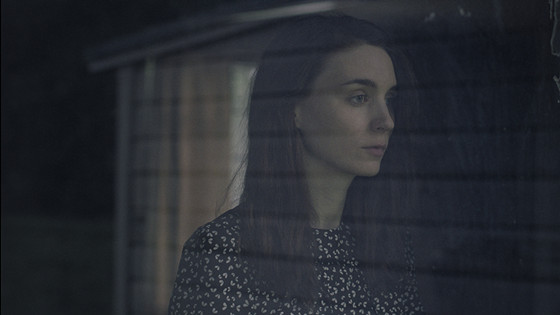
Casey Affleck hiding under sheets and being a ghost, doesn’t that sound interesting? Maybe yes! But “A Ghost Story” is more than just ghosts – it’s one of the most underrated films of the past decade. Realized with only a $100K budget and produced, edited, written and directed by David Lowery, the film is an ambitious artful project that has that old classical auteurism and a true artistic touch. Lowery’s simple yet sophisticated script follows a haunted house from the ghost’s perspective as it explores the meaning of death, grief, and memories in an emotional poetic way.
A rare cinematic achievement that doesn’t happen every year, from its unconventional aspect ratio, the beautiful visuals, the sorrowful music, the existential monologues, its cinematic aesthetics, to the brilliant performance from Rooney Mara. The film explores such brilliantly existential ideas with a unique mesmerizing realization. An ode about death, grief, memories, and time; it’s sad, dark and painful, yet it’s an expression of the human condition.
1. The Cave of the Yellow Dog (2005, Byambasuren Davaa)
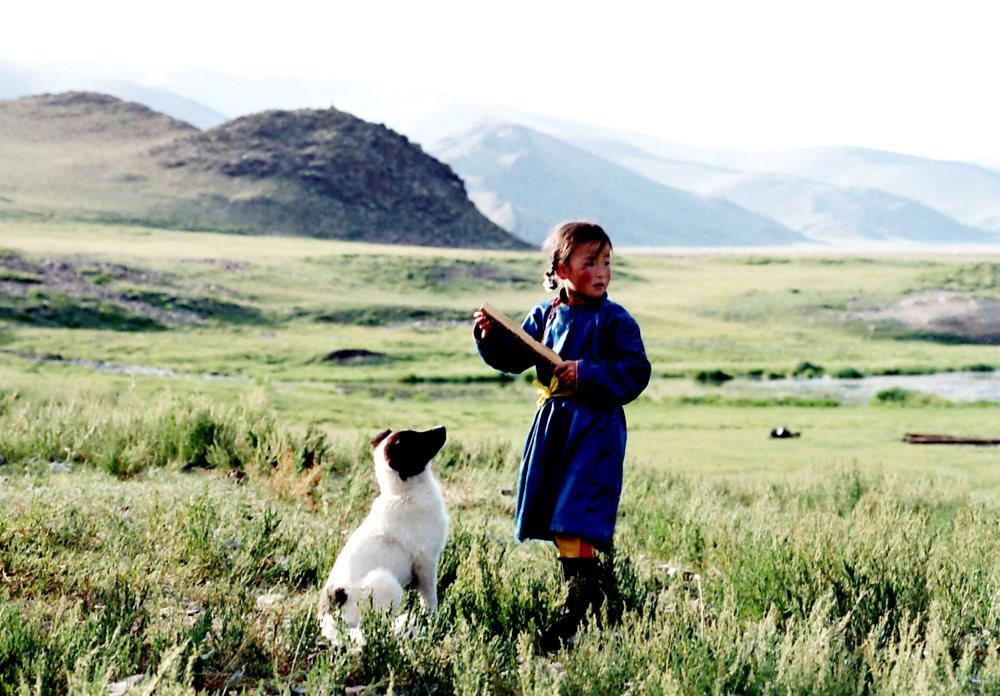
The reason this film comes at the top of this list is due to its significance and its relativity to our modern-day life. This Mongolian cinematic gem written and directed by Byambasuren Davaa tells a story of the everyday life of a nomadic Mongolian family, a family that doesn’t live in the security of our modern life. Their life isn’t consumed by technology or consumerism, yet the simplistic and pure way of life that they live is so significant in a world fighting major global problems such as climate change and poverty. It is a meditative look at the relationship between mankind and nature, and the original way of life that we have forgotten in our noisy city life.
The film is a family drama centered around a real nomad family, specifically around a young girl as she tries to discover life around her. It’s a children story that children would enjoy watching, but from another perspective, it consists of deep ideas that consider all humanity such as the connection with nature, the missing link between mankind and its mythology and legacy, and a look on the survival of the nomadic pure life against the inescapable urban life in modern Mongolia.
Set in the magical Mongolian landscape with amazing performances from its real characters, “The Cave of the Yellow Dog” is a beautiful modern tale that explores the relationship between humans and nature as the film takes advantage of its original not-often-seen surroundings and its ethnic uniqueness to question our modern-day life and connection to nature.